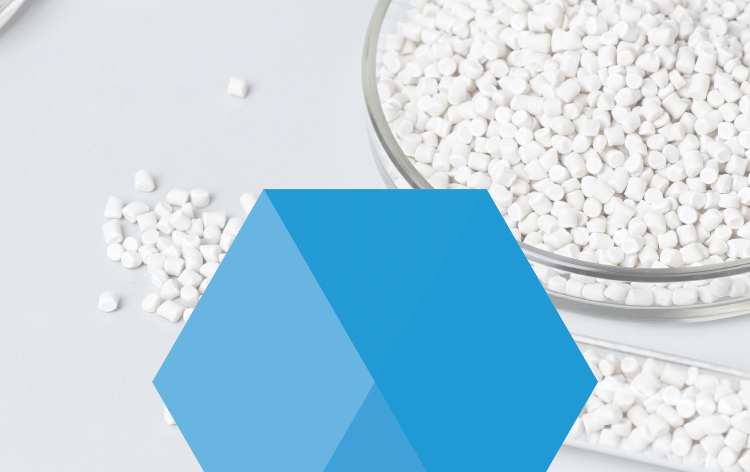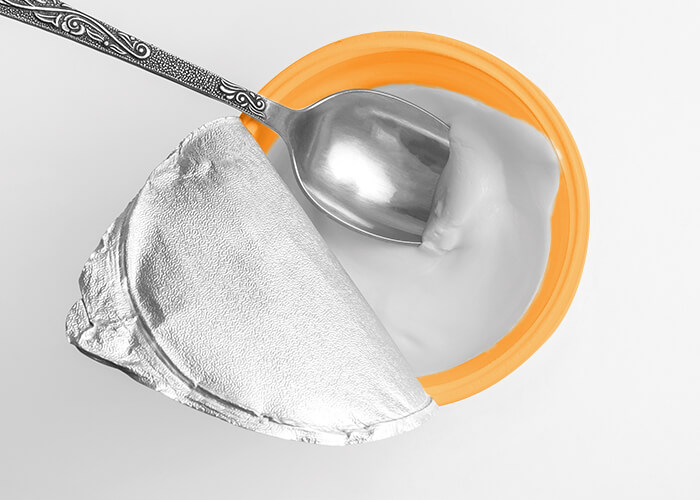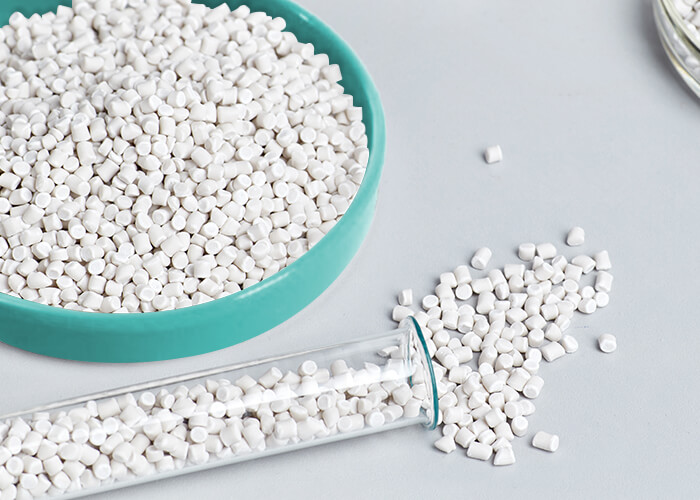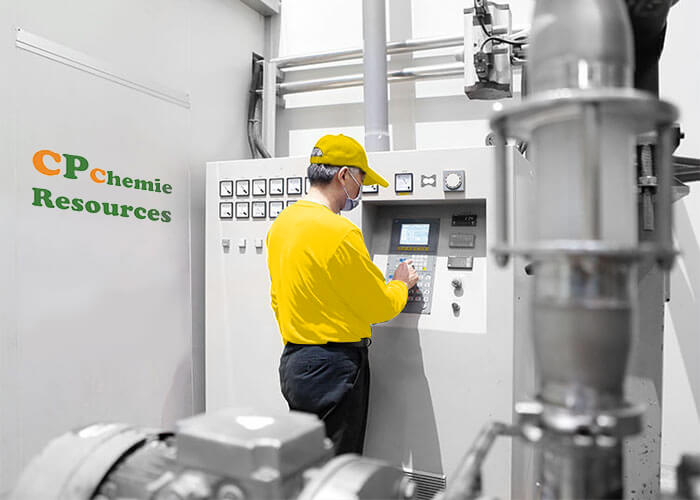What is Molding Shrinkage and its Influencing Factors
Molding shrinkage is an essential consideration in the design and production of plastic molded parts, as it directly
affects the dimensional accuracy and final quality of the components. It refers to the reduction in size that occurs in
a plastic part during the cooling and solidification process after it is ejected from the mold. The phenomenon of
shrinkage arises from the inherent thermal expansion and contraction properties of the plastic material.
The extent of molding shrinkage is influenced by multiple interrelated factors, including the inherent characteristics
of the plastic resin, the geometric complexity and design of the mold, and the specific conditions of the molding
process. Variations in molecular structure, crystallinity, and thermal conductivity of different plastic resins
contribute to varying shrinkage behaviors. Additionally, factors such as melt temperature, injection pressure, cooling
rate, and mold temperature also play pivotal roles in determining the final shrinkage rate.
Understanding Plastic Material Shrinkage
Plastic materials commonly exhibit post-mold shrinkage, a phenomenon where a molded part continues to undergo
dimensional changes after it is removed from the mold. The extent and duration of post-mold shrinkage depend on the
specific resin properties and the complexity of the molded part.
Certain plastic materials, such as high-performance engineering polymers like nylon and polyoxymethylene (POM), are
known for their relatively higher post-mold shrinkage rates. Manufacturers and engineers must account for this behavior
during design and manufacturing processes to ensure precise dimensional accuracy in the final product.
Factors Affecting TPE Materials Shrinkage Rate
Thermoplastic Elastomers (TPE) encompass a diverse group of materials with versatile properties, making them valuable
for a wide range of applications. However, like other plastic materials, TPEs are subject to shrinkage during the
molding process. The shrinkage rate of TPE materials can vary significantly based on several influential factors:
-
Selected Polymers: Different TPE formulations incorporate distinct polymer types, such as styrenic
block copolymers, polyolefin blends, or thermoplastic polyurethanes. Each polymer type exhibits
unique shrinkage characteristics.
-
Fillers Selection: TPE compounds often contain fillers like calcium carbonate, talc, or glass fibers
to enhance specific properties. The choice of fillers can impact the material's shrinkage behavior,
affecting dimensional stability.
-
Fillers Dosage: The amount or concentration of fillers within the TPE formulation directly
influences the shrinkage rate.
Shrinkage Values (%) of Various Plastics
|
Polymer Name
|
Min. Shrinkage Rate %
|
Max. Shrinkage Rate %
|
|
ABS
|
0.7
|
1.6
|
|
ABS/PC Blend
|
0.5
|
0.7
|
|
ABS/PC Blend 20% Glass Fiber
|
0.2
|
0.3
|
|
EVA
|
0.4
|
3.50
|
|
HIPS
|
0.2
|
0.8
|
|
LDPE
|
2.0
|
4.0
|
|
PA66
|
0.7
|
3.0
|
|
PA66 Blend 30% Glass Fiber
|
0.5
|
0.5
|
|
POM
|
1.8
|
2.5
|
Disclaimer:
All data and information obtained via Collection of our knowledge for information purpose only, they are
provided without implied warranty of any kind.
Understanding the impact of plastic shrinkage rate is crucial for successful plastic part design and manufacturing.
Careful consideration of material properties, mold design, and processing conditions is essential to minimize the
effects of shrinkage and ensure precise dimensional control in the final product. For TPE materials specifically, please
contact Everlon team with the details of shrinkage rate for each grade.








